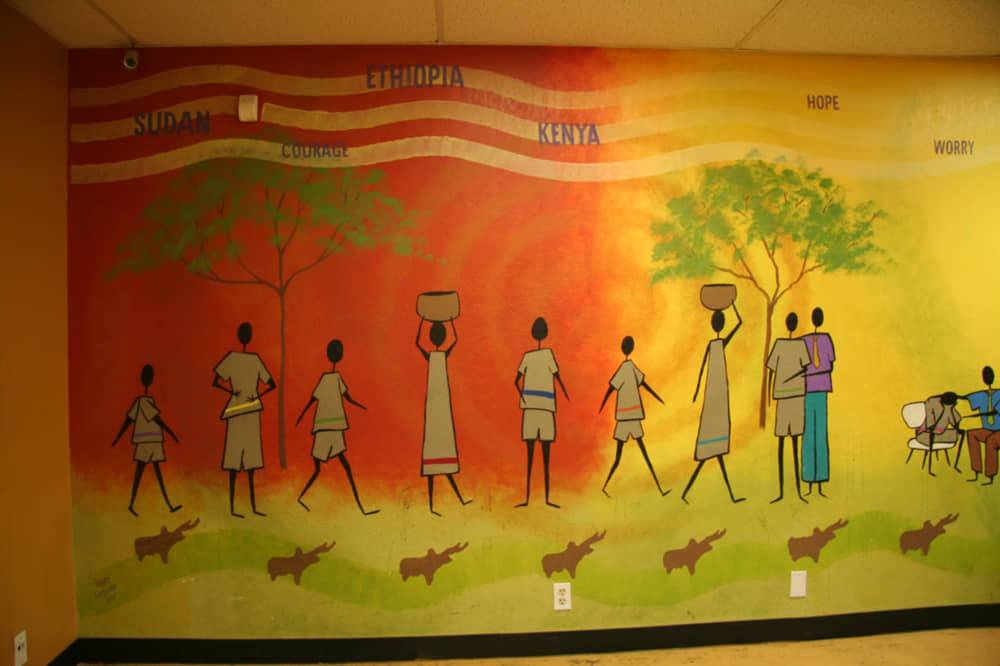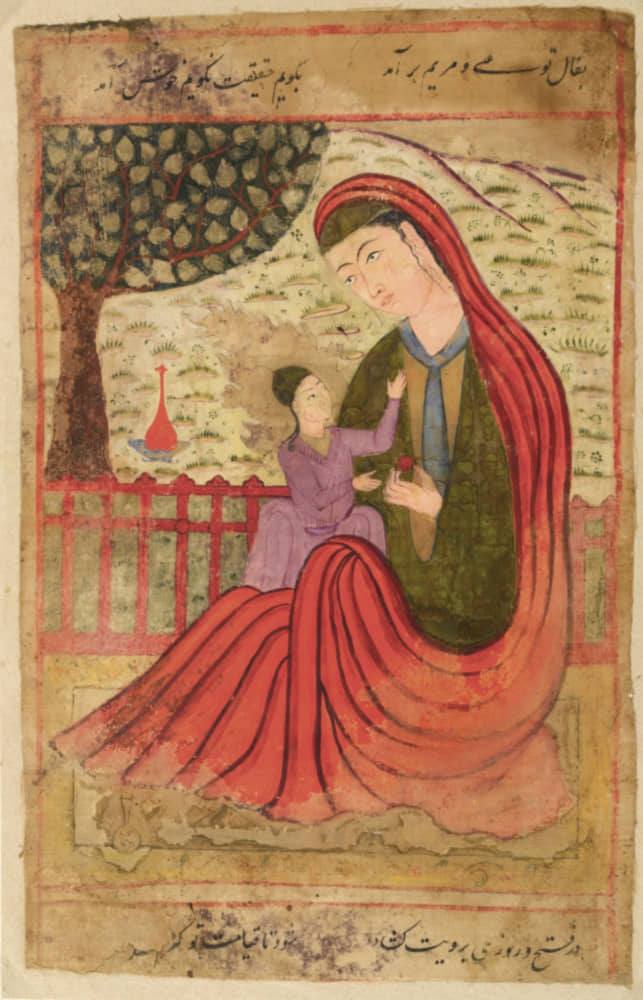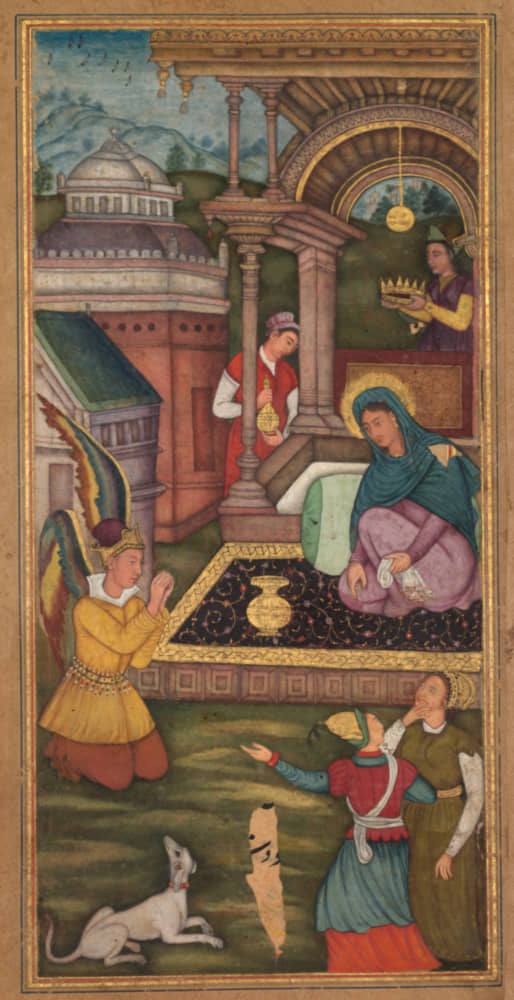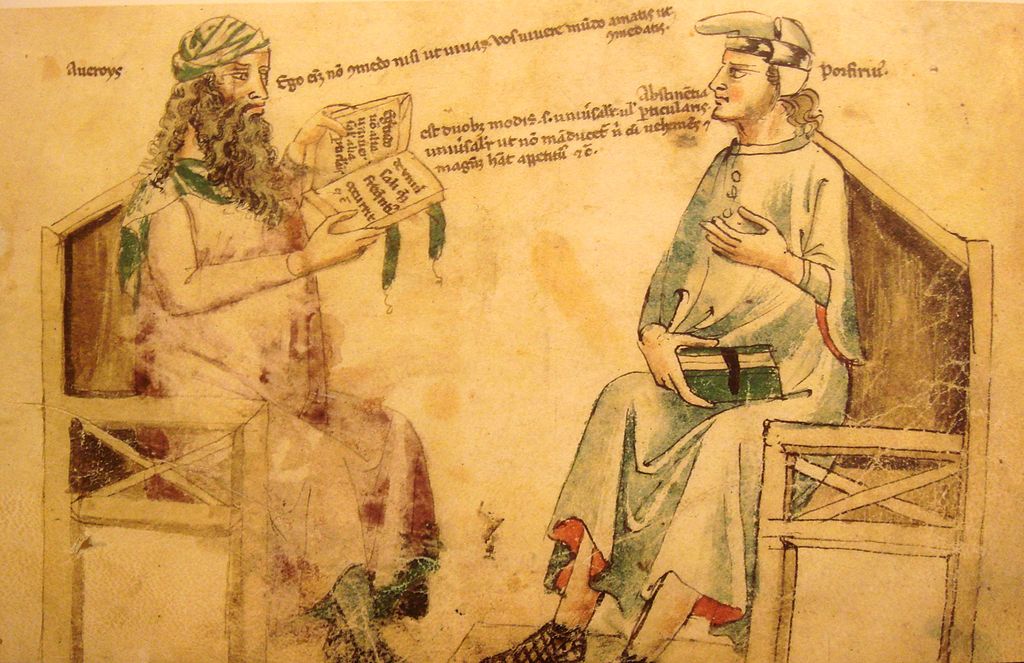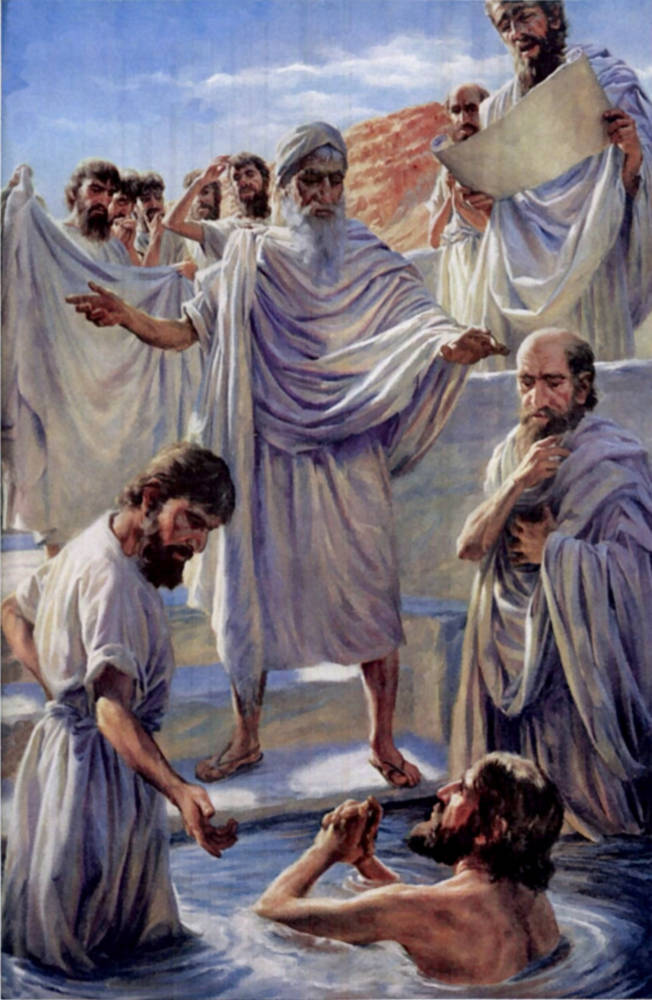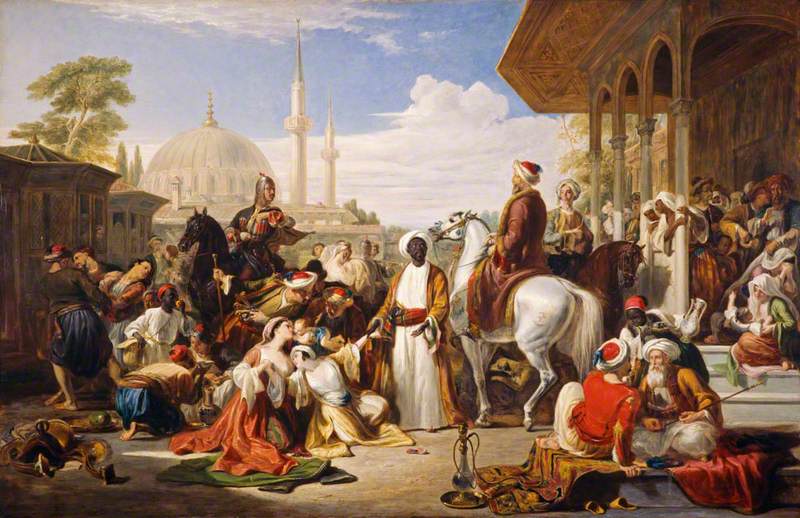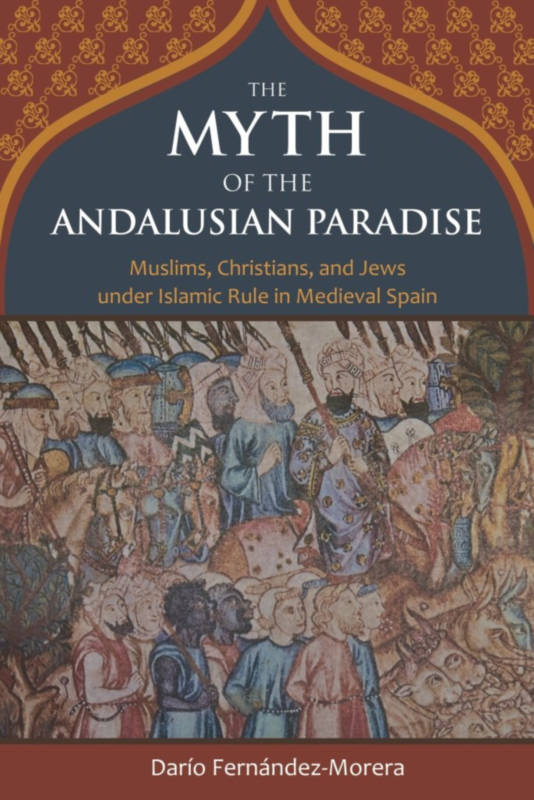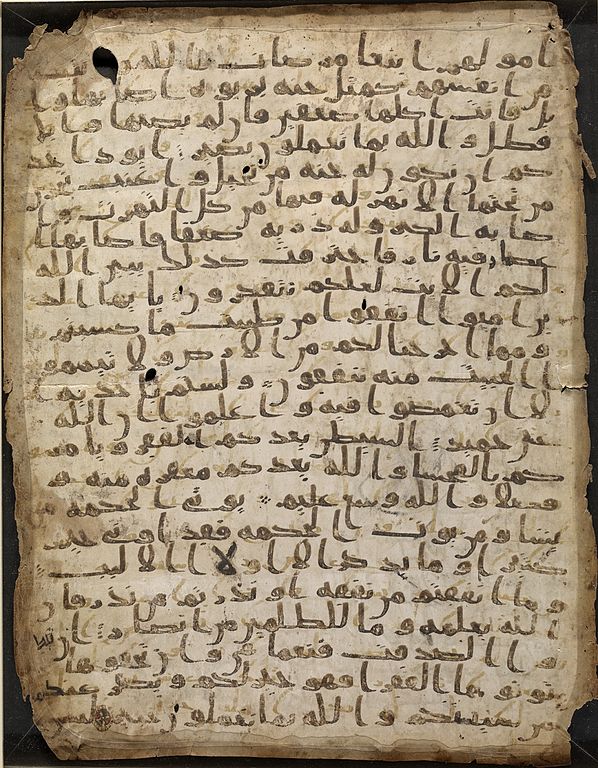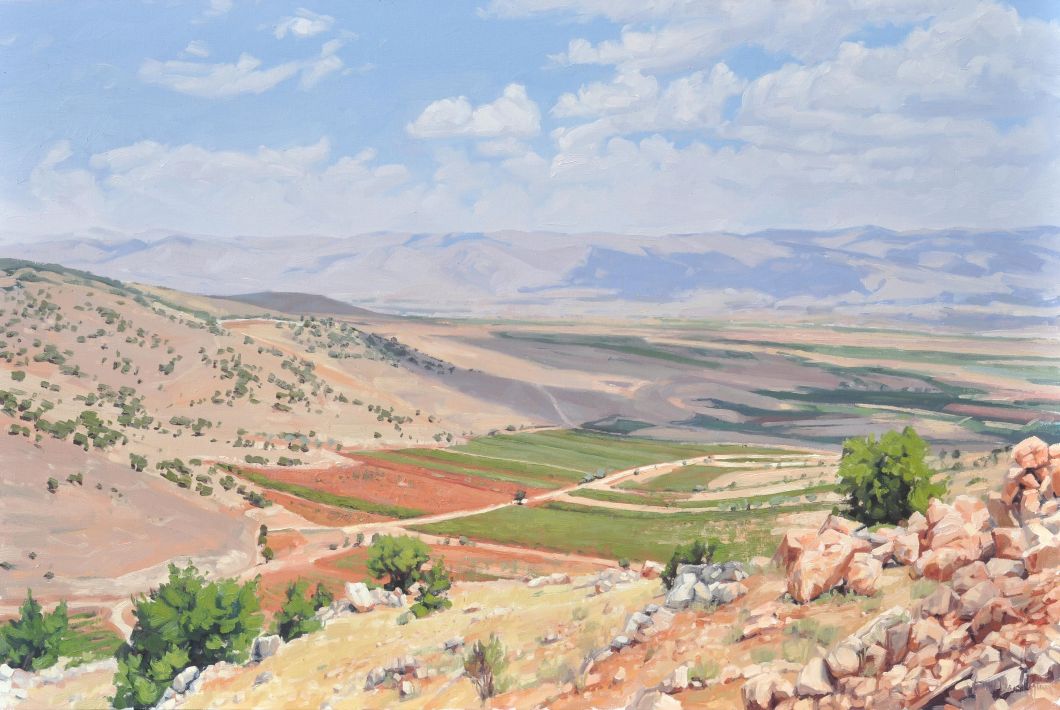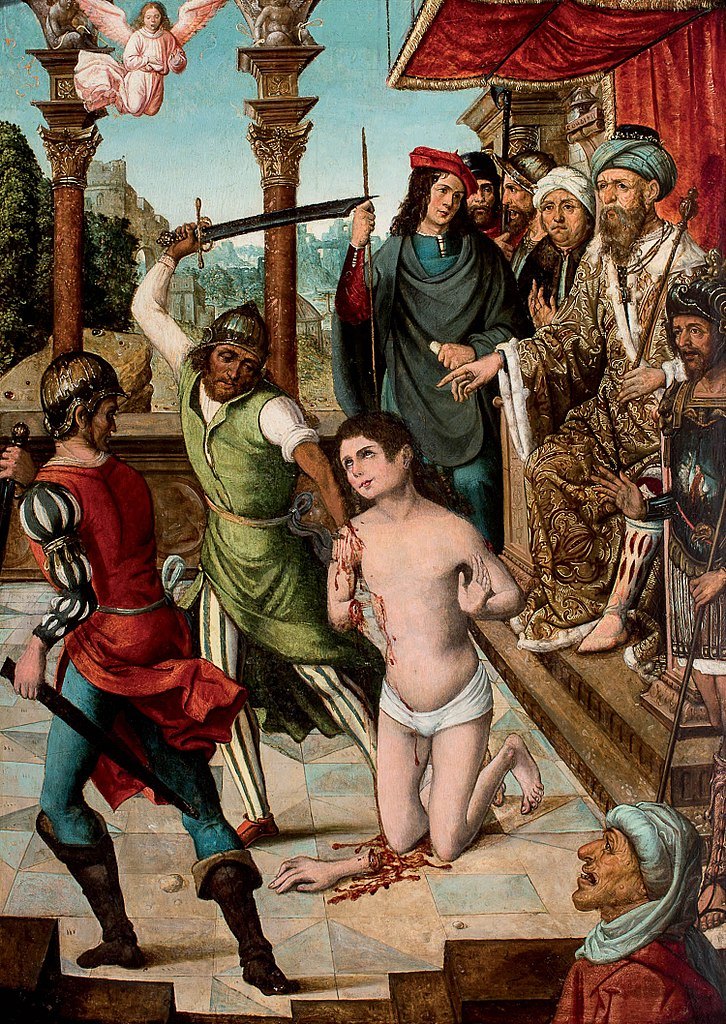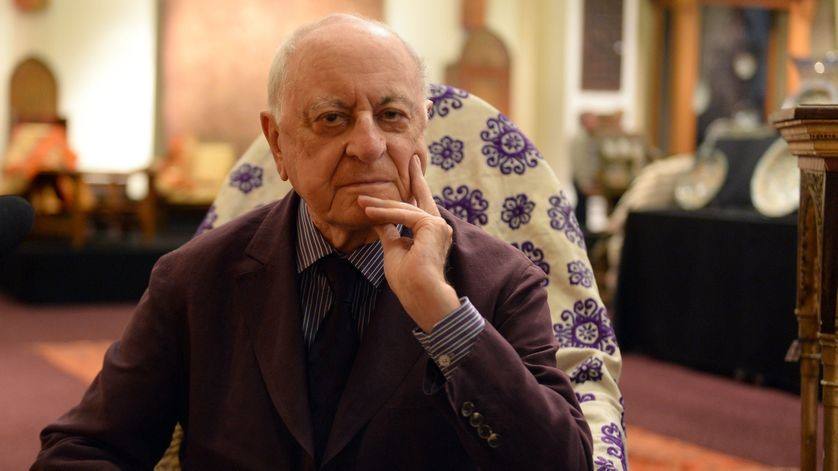The EU could have a military training mission in Mozambique in few months; the bloc’s head of foreign policy said, to help the southern African country counter Islamist insurgents. “I think we could approve this mission,” Josep Borrell told reporters, before a meeting of EU defense ministers in Lisbon, where the topic was to be discussed. The problem appears to be in identifying countries of the Union, in addition to Portugal, willing to provide personnel.
Borrell previously said that 200 to 300 military personnel could be sent to Mozambique by the end of the year. Portugal had already sent 60 instructors to its former colony in May to begin training Mozambican soldiers to counter the Islamist insurgency, share information and use drones to track the movements of militants.
Portuguese Defense Minister Joao Cravinho had said other countries were willing to send personnel but without providing further details. Obviously, Portugal would be the “leading nation” of the mission, said Cravinho and that he expects the activation of the mission, which is likely to be called EUTM-M (EU Training Mission – Mozambique), by the end of the year, taking advantage of the pause that the Islamist insurgents have been handed, because of a victorious operation by local troops.
Mozambique has been grappling with an insurrection in its northern province of Cabo Delgado since 2017; and the violence has grown significantly over the past year. Dozens of civilians were killed in Islamic State-related attacks in the coastal city of Palma in April, and a $20 billion liquefied natural gas project, run by French oil giant Total, was halted by the violence.
It is useful to remember that the Community of Southern African States (SADC), for political reasons, after having formulated a proposal to send a multinational force of 3,000 soldiers in support of the Maputo forces, took a lot of time before being deployed. Finally, a Rwandan contingent arrived in August and immediately fought the insurgents, crushing their units; Angolan and other contingents finally are on their way to Mozambique. Furthermore, the USA, always at the request of the Maputo government, has sent a training and support mission to the local forces engaged against the Islamist militias.
Finally, the UN, which since 2019, has faced a persistent (and unresolved) political struggle between the government of Mozambique and the opposition movement (RENAMO) that had been also operating in the north of the country, and to facilitate dialogue, appointed the Swiss diplomat Mirko Manzoni as Special Envoy of the Secretary-General. Manzoni, assisted by a small office, is working in quietly to re-establish dialogue between the parties.
A Necessary, Comprehensive Review
For several years, the UN and the Member States have discussed how best to support some of the ongoing military operations in the Sahel, a region suffering from increasing levels of violence, as well as political, humanitarian, and environmental crises. Since December 2017, the UN has offered to support the Joint Force of the G5 Sahel, through a complicated series of agreements. Today there are growing demands from the United Nations to establish a specific body dedicated to supporting the multinational force. The issue is not new, as early as the mid-2000s the UN began using its peacekeeping funds to support other missions.
Africa has been at the center of these activities, starting from 2006, with the supply by the UN of the so-called “support packages,” initially light and subsequently more substantial, to AMIS, the African Union Mission in Sudan (to which even NATO had provided significant support).
Then, in 2009, came the decisive step. The UN established a United Nations Support Office for AMISOM (the African Union mission in Somalia), the first dedicated mechanism funded by peacekeeping. In 2015, it was reconfigured into the UN Support Office for Somalia (UNSOS), which continues to operate to this day and is dependent on the Department of Logistics Support. Some experts believe they are repurposing this model, which works quite well, in support of the G5S. The leaders of the G5 Sahel have called for such a mechanism; the Secretary-General of the UN also suggested it.
However, there are some perplexities and issues for debate. Formally, the G5S is not a peacekeeping force (in reality, even the AMISOM is not, as it is a fighting force). Peace operations are generally defined as involving civilian and uniformed foreign personnel, working in support of a peace process (and in apparent contradiction to what has been said, AMISOM is also this and has civilian personnel for political, civil, humanitarian and police forces to train local ones).
The Joint Force G5 Sahel does not meet this definition. In fact, it is a set of military forces (with heavily armed police forces) operating on their national territory (Mauritania, Mali, Burkina, Niger, Chad), and which have limited activities, “hot pursuit” (i.e., during a cross-border action).
Earlier this year, Chad deployed its own contingent in the region, where the borders between Burkina-Faso, Mali and Niger meet, but based on a specific agreement and for a specific time (then the Chadian government withdrew from the area because of national needs after the death in combat (though at home) of President Idriss Debi). So, for the most part, the countries contributing to the G5S Force are simultaneously the “hosting state.”
Legally, therefore, the issue does not require the authorization of the UN Security Council, because it is an example of collective self-defense, authorized by the states on whose territory the personnel of the force operate and the existence of an integrated HQ (in Bamako), and it is not enough to transform a sui generis force into a full-fledged multinational force. Rather than legal authorization, G5 Sahel leaders would like to obtain a Chapter VII mandate from the UN Security Council for the force, which allows access to UN peacekeeping funds, as has been the case in Somalia, following the AMISOM model.
When the host state and the contributing country are the same, this would pose significant challenges for the UN to identify national operations (as opposed to joint forces) and to ensure accountability (financial, legal, and ethic-political). It would be one thing if the G5 Sahel states were transparent and timely in reporting their operations; but they were not (and the use of materials and equipment provided by many EU states to the force are an example).
Furthermore, as the latest report by the UN Secretary General noted, MINUSMA (and partners such as UETM-Mali, EUCAP Mali, EUCAP Sahel and several states) underlined the persistent lack of information from the Joint Force G5S on the conduct of operations.
Another problem is that the G5S force already benefits from multiple support mechanisms. There are bilateral security assistance agreements from over a dozen states, as well as the European Union (EU). In addition, the UA is still working out how to deploy 3,000 reinforcements for the Joint Force G5S. Since February 2018, a trust fund has also supported the force by receiving approximately $145 million from Saudi Arabia, Rwanda, Turkey, UAE, and the West African Economic and Monetary Union. As mentioned, it also receives the support of MINUSMA (logistic, medical, technical, and engineering assistance).
Despite some recent improvements, compliance and accountability issues persist, in that Joint Force G5 Sahel personnel are regularly accused of violating international humanitarian law. Recent improvements include the establishment of a casualty and accident monitoring and analysis cell in January 2021; sending radio messages prior to operations to all intervention units on their legal obligations; and monitoring the capture, detention, and transfer of detainees. It is true that AMISOM also constantly suffers from liability and compliance problems. But persistent legal violations by the G5S contingents risk scrapping this hypothesis, together with the recent coup in Mali.
Finally, using a dedicated UN mechanism, funded by the organization’s assessed peacekeeping contributions to primarily support domestic counter-terrorism operations would set a dangerous precedent as it would undermine the UN’s claims of impartiality and further blur the border between peace operations and internal counter-terrorism activities. It would also likely encourage other states and organizations around the world to seek similar UN support for their own domestic counter-terrorism operations, which in some circumstances are dubious and a cover to crack internal oppositions.
Old Ghosts
It seems that the Balkans, including the Western ones, cannot get rid of old patterns. In early June, the Council of Europe warned that divisions between ethnic communities are deepening in Montenegro, stressing that the monitoring of hate speech needs to be improved. In its report on the implementation of the Convention for the Protection of National Minorities in Montenegro, the Committee of Ministers of the Council of Europe noted that the authorities said that the social distances between almost all ethnic groups have increased. This contributed to the Committee’s view that divisions between communities could deepen and become more marked. Episodes of religious discord between different communities of the Orthodox Church were also noted, the report said. Despite that hate speech is criminalized, there is little social media monitoring by the authorities because no agency has the mandate to do so.
The Council called on the authorities to pay particular attention to the prevention of hate speech in consultations with the new media law and to ensure that the law addresses the problem of online hate speech. The Strasbourg body said the new media law must clearly define responsibilities for published hate speech and authorize a state agency to monitor and sanction cases of hate speech online.
The European Commission’s 2020 progress report on the country warned that hate speech and verbal abuse in the media and social networks have worsened. It then urged the Montenegrin authorities to increase the capacity of the judiciary to deal with hate speech and to ensure that such cases are investigated, prosecuted and properly sanctioned.
The Council of Europe has also invited the authorities to clarify the use of other state symbols in Montenegro, as the lack of clarity on the display of symbols of other states risks being a cause of abuse and further exacerbates the divisions present in the Montenegrin society.
Montenegro’s national symbols law does not prohibit ethnic minorities from displaying their national symbols; but it also requires them to display the national flag next to these symbols. or risk fines of between 100 and 500 euros. Belonging to the Albanian and Serbian minorities, they seem to be the object of the greatest number of actions by the security forces.
Montenegro is a multi-ethnic state and it is unusual not to have a community that makes up more than half of its population. About 45% of its population of about 630,000 people identify as Montenegrins, about 29% as Serbian, about 11% as Bosnian (Bosniak) or Muslim, and 5% as Albanian. But the report by the Council of Europe underlines the permanent fragility of the region, both for the old and for the new states there.
The events of Montenegro are exemplary in representing the injustices of history. In fact already during WWI the small kingdom had disappeared from the agendas of the Allied and the Associated, and despite a different willing assimilated to the Serbian-dominated Yugoslavia and its autonomy, during the Titoist era, already limited, ended again from 1991 until it reached full independence in 2006.
Montenegro was dragged into the maelstrom of civil war and associated with the Serbia of Milosevic and his gloomy associates. Independence, as often happens, develops very strong identity dynamics (especially when they have been deliberately ignored and repressed) and situations that have already been seen and that no one wants to review, are resumed.
But recent polarizations have not helped the initiation of a dialogue and choices. In present-day Montenegro, issues, such as, NATO membership and the EU accession process, have (re) ignited rivalry, along with Serbian (and Russian) concerns, further worsening conflicts; and the civilian populations still risk being held hostage to ambitions and ethnic cleansing by unwanted foreigners, and unlikely revenge, also touching upon the religious dimension, witnessed by the very harsh separation between the Serbian and Montenegrin Orthodox churches and also the revival of old and semi-forgotten Albanian and Kosovar claims on border areas (respectively Bar, Ulcigno and Berane).
The Mysterious Island
A mysterious airbase is under construction on a volcanic island off the coast of Yemen that is in one of the world’s crucial sea nodes for both energy shipments and commercial cargo. Although no country has claimed jurisdiction on Mayun Island in the Bab el-Mandeb Strait, shipping traffic associated with a previous attempt to build a huge track across the island, less than six kilometers long.
The internationally recognized Yemeni government officials now say the UAE is behind this latest effort, although the UAE announced in 2019 the withdrawal of its troops from a Saudi-led military campaign fighting Yemen’s Houthi rebels, and that shortly before a tough political confrontation had opposed Riyadh and Dubai over the presence of Emirate forces on the Yemeni island of Socotra.
The runway on Mayun Island allows anyone who controls it to project power into the strait and easily launch air strikes into mainland Yemen, ravaged by a bloody war that has been going on for years. It could also provide a base for any operation in the Red Sea, the Gulf of Aden and neighboring East Africa, now one of the most important regions on the planet.
Satellite images showed construction work on a 2-kilometer runway, and other installations and hangars to equip this installation with the capacity to host attacks, surveillance, and transport aircraft. A previous attempt, started towards the end of 2016, and subsequently abandoned, had seen work on an even longer track (over 3 kilometers).
Yemeni officials said the recent tension between the UAE and Yemeni President Abed Rabbo Mansour Hadi stemmed in part from the Emirati’s request to his government to sign a 20-year lease for Mayun. The initial (and halted) construction project came after the UAE, Saudi and allied forces recaptured the island from Iranian-backed Houthi militants in 2015.
Other sources note that the Emirati’s apparent decision to resume construction of the air base comes after they dismantled their military installations in Eritrea, and used as a starting point for the campaign in Yemen, revealing not only a mere geographical reorientation, but confirming its strategic interests in the region.
Enrico Magnani, PhD is a UN officer who specializes in military history, politico-military affairs, peacekeeping and stability operations. (The opinions expressed by the author do not necessarily reflect those of the United Nations).
The featured image shows a mural about the lost boys of the Sudan.
